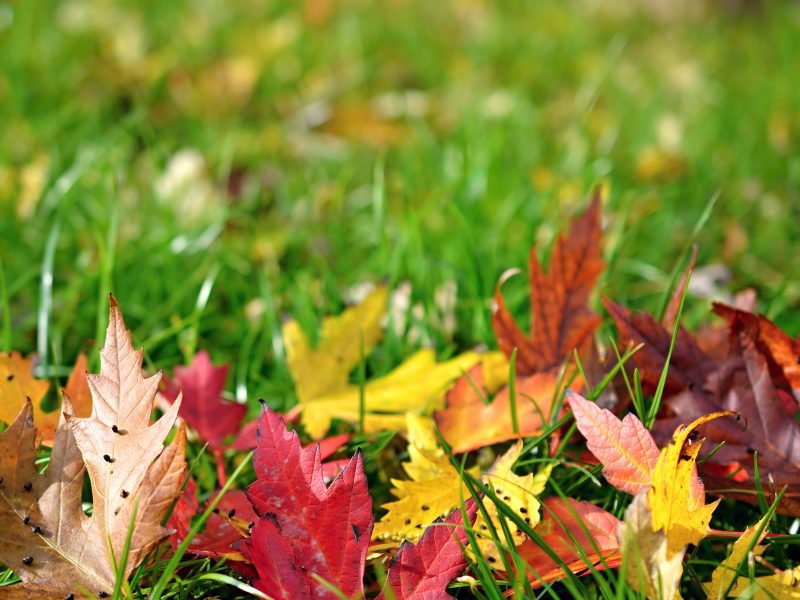
Embrace the changing seasons with a vibrant, lush lawn by delving into ‘Tips for Planting Grass Seed in Fall.’ As the sun mellows and temperatures dip, fall offers the perfect window to cultivate a thriving lawn for the upcoming year. Uncover the art of sowing grass seeds, from preparing the soil to fostering strong roots. This guide empowers you to transform your outdoor space into a green sanctuary, ensuring that as the leaves fall, your lawn rises in beauty and resilience.
Tools and Materials
- Grass Seed: Choose the recommended grass seed variety for your area.
- Garden Rake or Tiller: Use to prepare the soil.
- Soil Testing Kit: Optional but helpful for soil assessment.
- Seed Spreader or Broadcast Spreader: Ensures even seed distribution.
- Fertilizer: A starter fertilizer with higher phosphorus content can promote root development.
- Mulch: Straw or hay helps retain moisture and protect seeds.
- Water Source: Hose or irrigation system for consistent watering.
1. Choose the Right Grass Seed
Select a grass seed variety that suits your climate and soil type. Cool-season grasses like Kentucky bluegrass, fescue, and ryegrass are great choices for fall planting. Choosing the right grass seed for fall planting involves considering your climate, soil type, lawn usage, and personal preferences. Here’s a step-by-step guide to help you make the best choice:
a. Know Your Climate
Different grass types thrive in different climate zones. Determine your climate zone (cool-season, warm-season, transition) to narrow down your options.
b. Identify Your Soil Type
Understand your soil’s characteristics – whether it’s sandy, clayey, loamy, or a combination. Some grasses perform better in specific soil types.
c. Consider Lawn Usage
Think about how you use your lawn. Do you have kids or pets playing on it frequently? Some grasses are more durable and can handle heavy foot traffic.
d. Choose Grass Type
Based on your climate, soil, and lawn usage, choose a grass type:
- Cool-Season Grasses: Ideal for northern regions with cold winters. Examples include Kentucky bluegrass, fescue, and ryegrass.
- Warm-Season Grasses: Suited for southern regions with hot summers. Examples include Bermuda grass, Zoysia grass, and Centipede grass.
e. Blend or Single Variety
Consider whether you want a single variety or a blend. Blends often combine different grass types to create a lawn that’s more resilient to various conditions.
f. Shade and Sun Requirements
Evaluate the amount of sunlight your lawn receives. Some grasses are more shade-tolerant, while others thrive in full sun.
g. Disease and Pest Resistance
Research the grass types for their resistance to common diseases and pests in your area.
h. Seeding Rate & Seed Quality
Check the recommended seeding rate on the grass seed package. It ensures you’re sowing the right amount of seed for your lawn’s size. Purchase high-quality seed from reputable sources. Look for seed that’s free of weeds, debris, and other contaminants.
2. Prepare the Soil
Clear the area of debris, rocks, and weeds. Loosen the soil using a garden rake or a tiller. Aim for a soil depth of about 2-3 inches.
3. Test the Soil
Consider conducting a soil test to determine the pH and nutrient levels. This helps you adjust the soil conditions for optimal grass growth. Soil testing kits are available at garden centers or through local extension offices.
4. Seed Spreading
Use a seed spreader or broadcast spreader to evenly distribute the grass seed over the prepared soil. Follow the recommended seeding rate on the seed package. Spread half of the seed in one direction and the other half perpendicular to the first.
5. Raking and Pressing
Gently rake the soil to lightly cover the seeds with a thin layer of soil. This ensures good seed-to-soil contact, which is essential for germination. You can also use a roller or walk over the area to press the seeds into the soil.
6. Fertilizing (Optional)
Consider applying a starter fertilizer that’s high in phosphorus to encourage strong root growth. Follow the recommended application rate on the fertilizer package.
7. Mulching
Cover the seeded area with a thin layer of straw or hay mulch. Mulch helps retain moisture, prevents erosion, and protects the seeds from birds and harsh weather conditions.
8. Watering
Keep the seeded area consistently moist but not waterlogged. Water lightly several times a day to prevent the soil from drying out. Once the grass seedlings are established, you can gradually reduce the frequency of watering.
9. Timing
Fall is the ideal time for planting grass seed because the soil is still warm, and there’s typically more rainfall. Aim to plant about 45 to 60 days before the first expected frost date.
By following these steps, you’ll create the perfect environment for your grass seed to germinate and establish strong roots. Planting grass seed in the fall sets the stage for a vibrant and healthy lawn that will be the envy of the neighborhood come spring. If you need help, you can contact us.

Comments